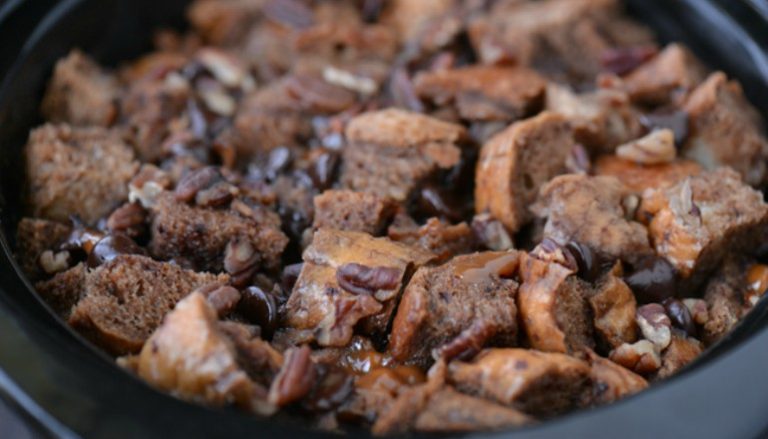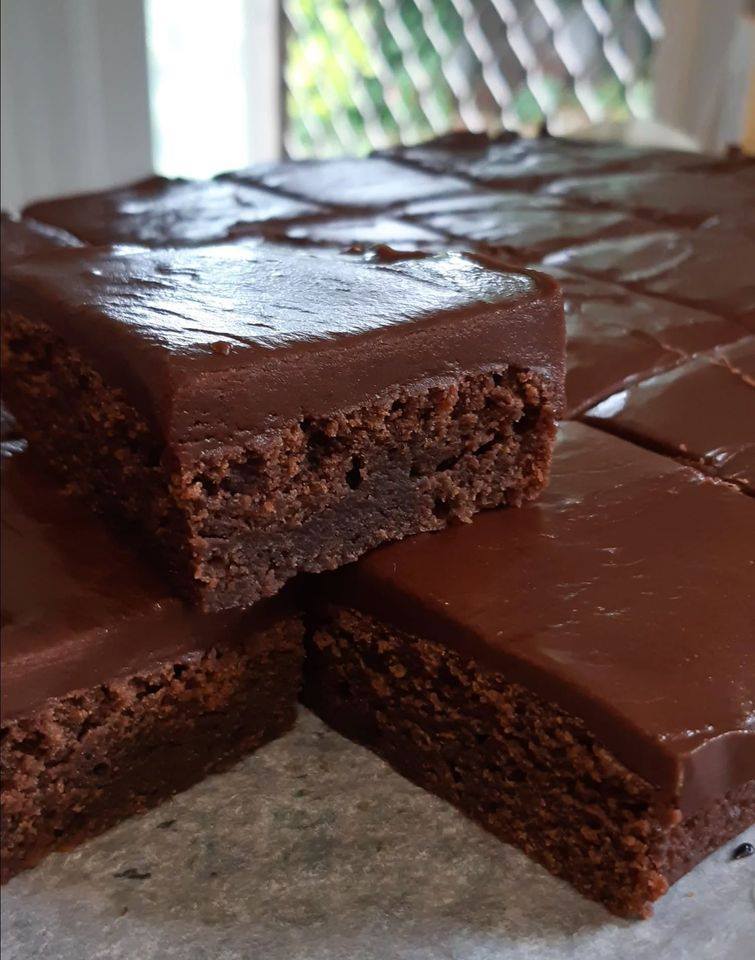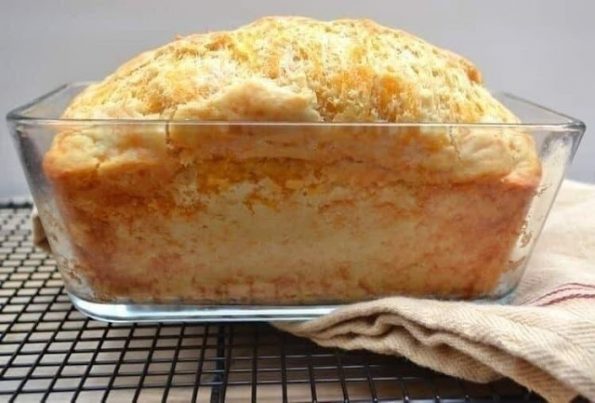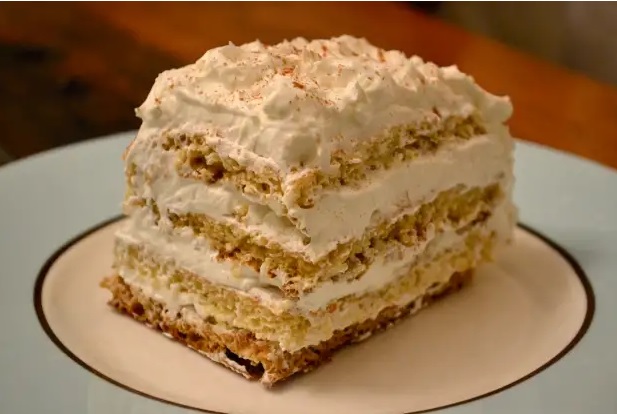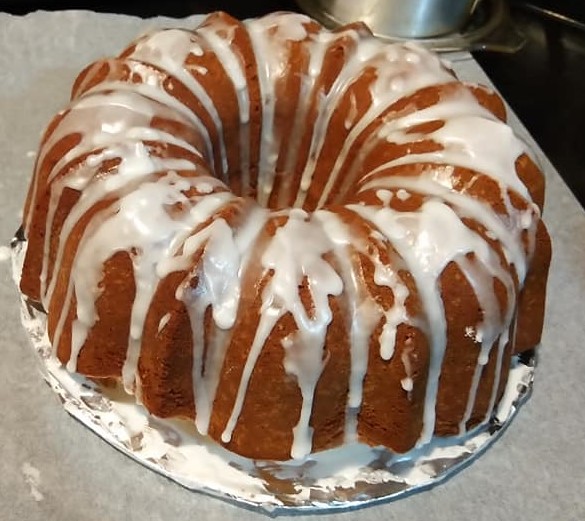Croissants

The First Bite of a Classic: My Croissant Love Story
There’s just something magical about the first bite of a freshly baked croissant. I still remember waking up in a tiny Parisian flat on a chilly spring morning, the scent of warm, buttery croissants drifting in from the bakery downstairs. It was a gentle nudge saying, “Hey, start your day with a little indulgence.” Ever since, homemade croissants have been my go-to comfort bake—whether I’m missing travel, craving something special, or just wanting that iconic golden flake at my own kitchen table. If you’ve ever dreamed of sharing classic croissants, made from scratch, with your family (or just yourself—no judgment here!), you’re about to fall in love with this recipe as much as I have.
Why You’ll Adore This Croissant Recipe
Let’s get real—making croissants at home might sound intimidating, but trust me, these are well worth it. Here’s why:
- Unforgettable Aroma & Flavors: The smell of these classic croissants baking will have everyone wandering into the kitchen (seriously, I wish I could bottle it!).
- Gentle, Therapeutic Process: There’s something soothing about rolling out dough and folding in all that glorious butter. Once you get the rhythm, it’s practically meditative.
- Crispy, Flaky Perfection: Each bite delivers layer upon layer of crisp, golden pastry, followed by that melt-in-your-mouth tenderness we all crave.
- Pure, Simple Joy: Sharing homemade croissants always sparks smiles at breakfast—or, let’s be honest, at any time of day. They’re made for making memories.
Ingredients You’ll Need for Classic Croissants
Before we start, let’s chat ingredients. Using just a handful of staples (and a bit of love), you can whip up irresistibly flaky, homemade croissants:
- 2 cups all-purpose flour: For soft, yet structured dough. I always sift mine for a fluffier result.
- 1/2 cup milk: Whole milk makes your dough extra tender, but use 2% if you prefer.
- 1/2 cup water: Lukewarm water helps activate the yeast.
- 1 tablespoon sugar: Just enough to nudge yeast to life and give a subtle sweetness.
- 1 teaspoon salt: Essential for enhancing flavor—don’t skip it!
- 1 tablespoon active dry yeast: Fresh yeast equals the fluffiest rise.
- 1 cup unsalted butter (cold): The star of the show! Keep it chilled for the best flaky layers.
- 1 egg (for egg wash): The secret to that shiny, golden finish.
(Quick tip: If you’re out of unsalted butter, salted works too—just cut back the added salt a pinch.)
Step-by-Step Guide: Making the Perfect Croissants
Don’t sweat the process. I’ll be right here, walking you through each cozy, flour-dusted step.
Activate the Yeast:
In a small bowl, gently whisk your warm water, milk, sugar, and active dry yeast. Let it rest for 5-10 minutes—you’ll see a bubbly, frothy top (the sign your yeast’s awake and happy).Mix the Dough:
In a large mixing bowl, combine your all-purpose flour and salt. Make a little well in the center, then pour in your yeast mixture. Mix with a wooden spoon (or your hands) until you have a shaggy dough.Knead:
Turn your dough onto a floured counter. Knead for about 5-10 minutes. You’re looking for a smooth, supple ball. Cover it with a dish towel and let it rise in a warm spot for an hour—it’ll double in size (so satisfying every time!).Prepare the Butter:
While waiting, take your cold butter out of the fridge. Place it between two sheets of parchment paper and flatten it into a rectangle with a rolling pin (a little arm workout goes a long way here).Laminate the Dough:
Roll out the dough into a big rectangle. Lay the flattened butter onto one half, then fold the dough over and seal the edges—think of it like tucking butter in with a doughy blanket.Roll & Fold (the Classic Croissant Technique!):
Now comes the fun part. Roll that dough-butter-sandwich into a rectangle again. Fold it into thirds, like a letter. Repeat this rolling and folding process two more times, chilling the dough for at least 30 minutes between each fold to keep that butter nice and cold.Shape:
After the last chill, roll out your dough to 1/4-inch thickness. Using a pizza cutter, slice it into long triangles (the classic croissant shape!). Roll each triangle up tightly from the wide end to the pointy end.Final Rise:
Place each rolled croissant on a parchment-lined baking sheet, cover with a clean towel, and let rise for 30-45 minutes—just until they look puffy and proud.Egg Wash & Bake:
Preheat your oven to 400°F (200°C). Brush each croissant gently with beaten egg for that crave-worthy golden sheen. Bake for 15-20 minutes, until gloriously golden brown.
My Secret Tips and Tricks for Croissant Success
Over time, I’ve picked up a few tricks (some by happy accident, some by…not so happy accident):
- Cold Butter = Flaky Croissants: The colder, the better! Chilled butter means flakier layers every time (pro croissant technique).
- Don’t Rush the Chilling: Letting the dough chill between folds makes lamination (those famous layers) possible.
- Use a Bench Scraper: It’s the unsung hero for tidy folds and quick cleanup.
- Watch Your Oven: Every oven is different—peek at the 15-minute mark to prevent overbaking.
- Enjoy the Process: Perfection isn’t everything—a slightly wonky croissant still tastes amazing!
Creative Variations and Ingredient Swaps
Making classic croissants opens up a whole world of delicious pastry possibilities. Here’s how you can shake it up:
- Cheese Croissants: Sprinkle a bit of grated Gruyère or sharp cheddar on the triangles before rolling them up for a savory twist.
- Chocolate Croissants (Pain au Chocolat): Place a chocolate baton or a few chocolate chips at the base of each triangle before rolling.
- Whole Wheat Croissants: Substitute 1/2 cup of flour with whole wheat flour for a subtly nutty flavor (just add a splash more water if needed).
- Vegan Croissants: Use plant-based butter and a little non-dairy milk for the egg wash—still bakery-tier delicious!
- Add-Ins: Think sliced almonds, jam, or even a sprinkle of cinnamon sugar rolled inside each croissant.
How to Serve and Store Your Classic Croissants
There’s nothing quite like a warm, homemade croissant fresh from the oven. I love mine with:
- A pat of high-quality butter and a swipe of raspberry jam (seriously—the best breakfast treat).
- Sliced open and filled with ham and cheese for an easy croissant sandwich.
- Served solo with your favorite coffee or tea.
Storing Leftovers:
If you have any left, wrap croissants in foil or store in an airtight container at room temperature for up to 2 days. To reheat, pop them in a 350°F oven for 5 minutes (the crisp comes right back!). For longer storage, freeze croissants—just thaw and reheat before enjoying.
FAQs: Your Top Questions About Homemade Croissants Answered
1. Can I make croissant dough ahead of time?
Absolutely! You can prep and chill the dough overnight after the last fold. Shape and bake fresh in the morning for the ultimate croissant breakfast.
2. Why aren’t my croissants flaky?
Most often, the butter softened too much or melted into the dough during folding. Keep everything cold and don’t skip the chilling steps for those signature croissant layers.
3. Can I freeze croissants before baking?
Yes! Shape the croissants, place them on a tray, and freeze. Once solid, store in a zip-top bag. Let them thaw and rise before baking as usual.
4. What’s the best way to eat croissants?
However you like! Warm, plain, dunked in coffee, or split and stuffed with your favorite filling. There’s really no wrong way.
5. Do I really need a stand mixer for croissants?
Nope! While it helps with kneading, I usually just use my hands. It’s budget-friendly and honestly, a pretty good workout!
That’s it, friend—my heart-and-soul recipe for homemade classic croissants. If you try these croissants, I’d love to hear how it goes. Don’t be afraid to get a little flour on the counter (or yourself). Here’s to buttery breakfasts and making simple magic in your own kitchen!
